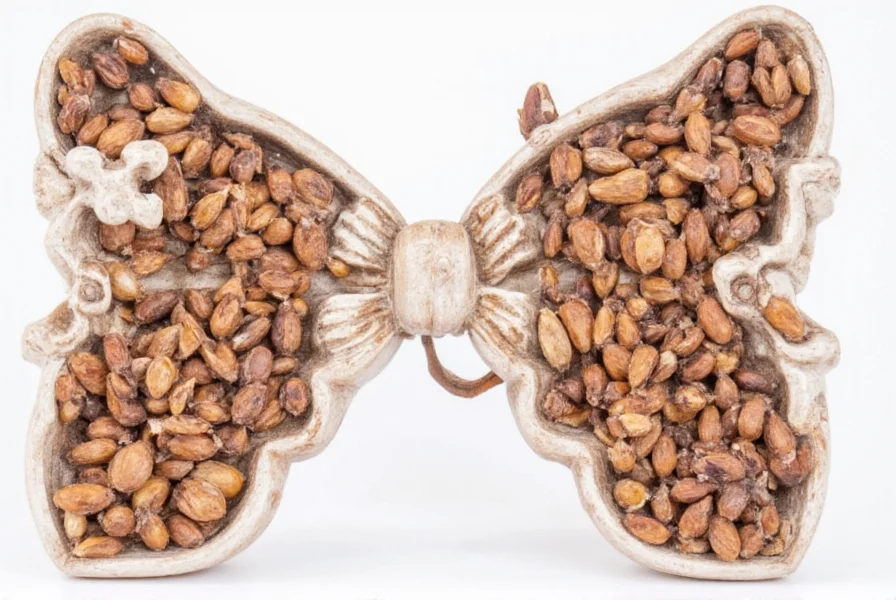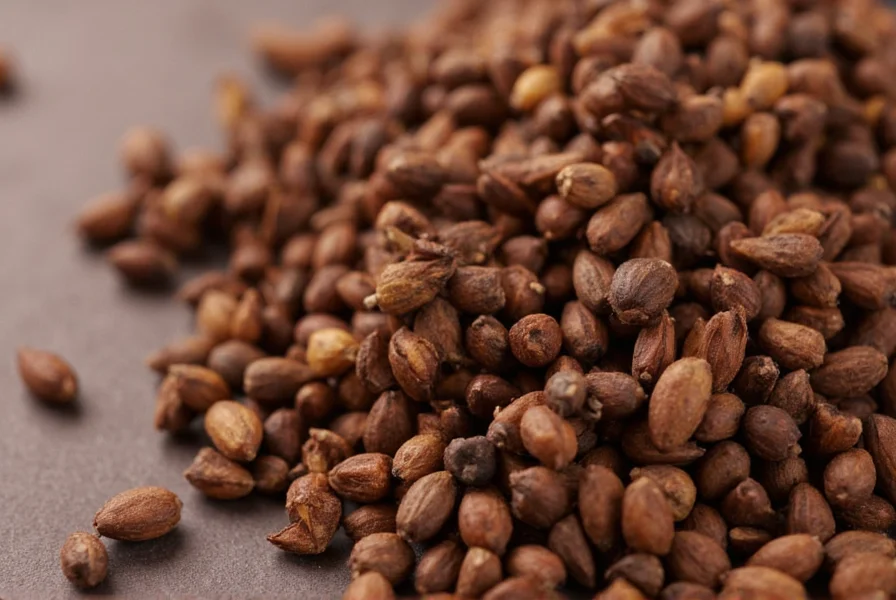When searching for information about cloves chandler, it's important to understand that this specific combination of words doesn't correspond to any established botanical variety, historical figure, or widely recognized product. The confusion typically stems from two distinct concepts that are being inadvertently combined.
Understanding the Components of This Query
The term cloves refers to the aromatic dried flower buds of the Syzygium aromaticum tree, a member of the myrtle family. These spice cloves have been used for centuries in cooking, traditional medicine, and preservation. Meanwhile, chandler historically denotes a person who makes or sells candles, or it functions as a surname in English-speaking countries.
When users search for cloves chandler information, they're typically encountering one of several common misunderstandings:
| Possible Interpretation | Explanation | Frequency of Confusion |
|---|---|---|
| Misspelling of 'Clive Chandler' | Clive is a common first name that sounds similar to 'cloves' when spoken | High (most common) |
| Confusion with 'clove' varieties | Mistaking 'chandler' for a cultivar name of clove plants | Moderate |
| Local business name | Small businesses sometimes combine these terms creatively | Low (highly localized) |
| Botanical misidentification | Confusing cloves with similar-looking plants | Moderate |
What You Might Actually Be Searching For
Clove Plant Varieties and Cultivation
If you're interested in types of cloves plants, it's important to know that true cloves (Syzygium aromaticum) don't have recognized cultivars named 'Chandler.' Commercial clove production primarily occurs in Indonesia, Madagascar, India, and Zanzibar, with no major varieties bearing this name.
Botanically speaking, clove trees produce flower buds that are harvested before they open, then dried to become the spice we know as cloves. The confusion sometimes arises when people mistake other plants with 'clove' in their common names, such as:
- Clove pink (Dianthus caryophyllus) - a flowering plant unrelated to spice cloves
- Wintergreen - sometimes called 'American cloves' but botanically distinct
- Clove currant - refers to certain Ribes species with clove-scented flowers

Understanding 'Chandler' in Botanical Contexts
The term 'chandler' does appear in some plant names, but not in connection with true cloves. For example:
- Chandler strawberry - a popular strawberry cultivar known for large fruit
- Chandler blueberry - a highbush blueberry variety
- Chandler walnut - a type of English walnut
These are completely unrelated to clove plants. The 'Chandler' in these cases typically honors a person involved in the cultivar's development, not any botanical characteristic.
Common Misspellings and Similar-Sounding Terms
Many users searching for cloves chandler meaning are actually looking for information about:
- Clive Chandler - a personal name (several notable individuals share this name)
- Clove hitch - a type of knot used in sailing and climbing
- Clove oil uses - therapeutic applications of clove essential oil
- Clove tree cultivation - growing Syzygium aromaticum commercially
How to Find Accurate Information About Cloves
If you're researching cloves and encountered the term cloves chandler explanation, here are more effective search strategies:
- For botanical information: Search for "Syzygium aromaticum cultivars" or "clove plant varieties"
- For culinary uses: Try "types of cloves for cooking" or "best cloves for baking"
- For medicinal properties: Use "clove essential oil benefits" or "eugenol therapeutic uses"
- If looking for a person: Verify the correct spelling of "Clive Chandler"
When researching botanical topics, always check the scientific name (Syzygium aromaticum) to ensure accuracy, as common names can vary significantly by region and lead to confusion.
Why This Confusion Matters for Accurate Research
Misidentifying plant varieties can have serious consequences, particularly when:
- Using plants for medicinal purposes (some look-alikes may be toxic)
- Attempting to grow specific cultivars for commercial purposes
- Conducting academic research that requires precise botanical classification
For example, confusing true cloves with other plants that have "clove" in their common name could lead to using inappropriate species for culinary or therapeutic applications. True cloves contain eugenol as their primary active compound, while other "clove"-named plants may have different chemical profiles and effects.
Conclusion
The term cloves chandler represents a common case of search term confusion rather than an established botanical or commercial term. By understanding the separate meanings of "cloves" and "chandler," and recognizing common misspellings and similar-sounding terms, you can refine your search to find accurate information about either clove plants and their varieties or individuals with similar names.
When researching botanical topics, always verify information through multiple authoritative sources such as agricultural extension services, botanical gardens, or peer-reviewed scientific literature to avoid confusion from common naming errors.











 浙公网安备
33010002000092号
浙公网安备
33010002000092号 浙B2-20120091-4
浙B2-20120091-4